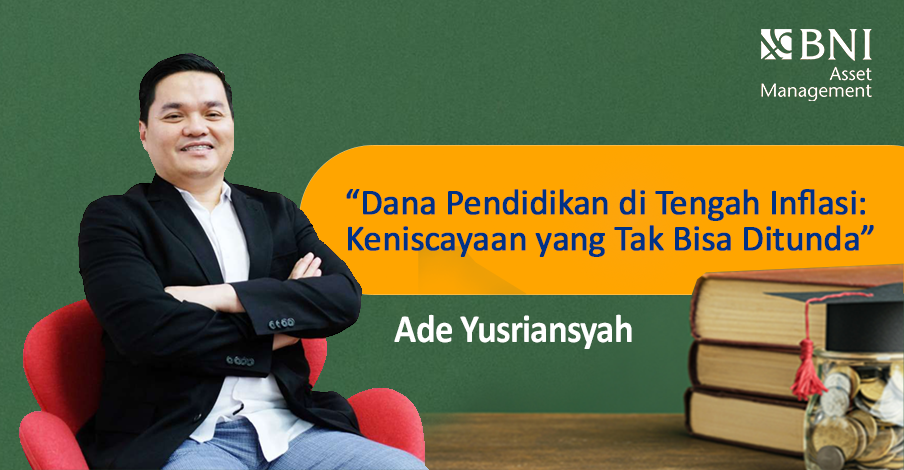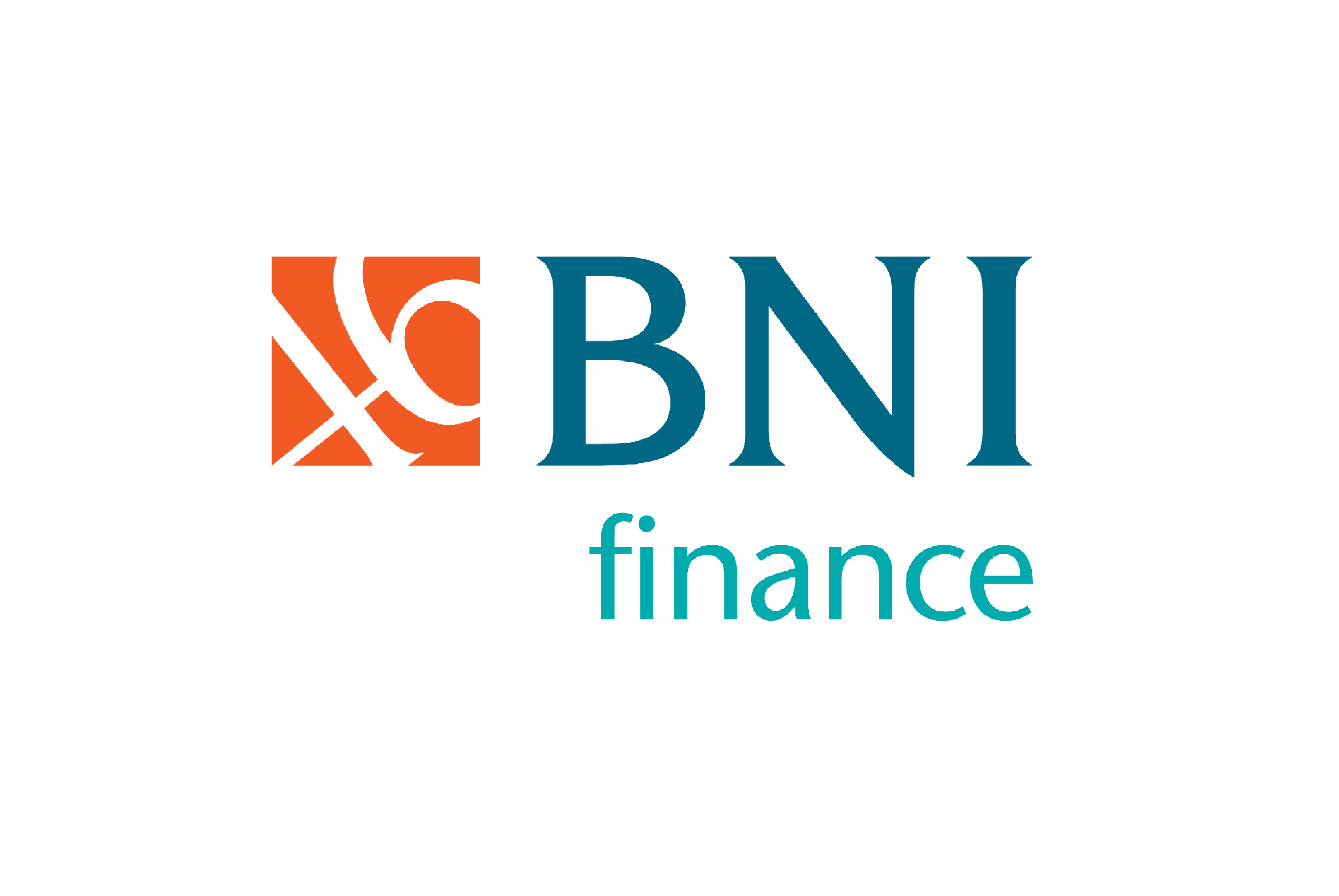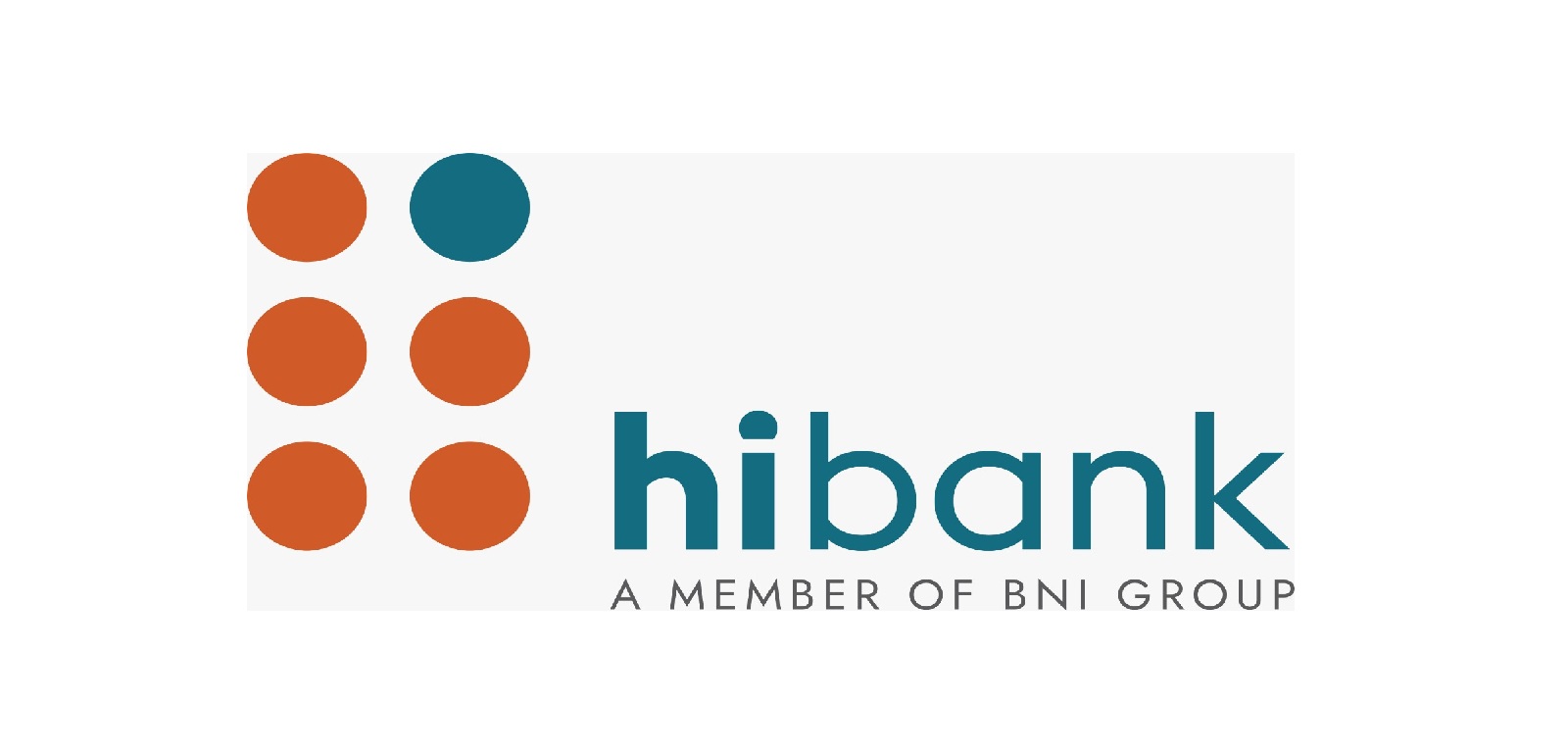The Importance of Early Education Cost Allocation
Kamis, 22 Mei 2025

MOMSMONEY.ID – JAKARTA. Education is a top priority for families. On that basis, data from the Central Statistics Agency (BPS) states that one of the main contributors to inflation in August 2024 is the education sector, with an inflation rate of 0.65% and a contribution to general inflation of 0.04%.
In Indonesia, inflation is synonymous with price increases. When talking about inflation in the education sector, what usually comes to mind for parents is the increase in education costs. This is a topic that is always a hot topic of discussion every time a new school year begins, like now.
Is it true that inflation in the education sector is a problem for parents in Indonesia? Director of BNI Asset Management, Ade Yusriansyah said that some would answer yes, especially for those who have only prepared some funds, are still in the process, or have not even prepared education funds at all. On the other hand, parents who have prepared it carefully certainly do not consider this to be something to worry about.
So why does inflation in the education sector seem to be something that parents in Indonesia need to be wary of? What steps need to be anticipated to mitigate its impact?
Ade said, to answer the question above, the discussion can begin by comparing inflation in the education sector with the average growth rate of salaries or wages. Based on the BPS report, in general the average cost of education in Indonesia has increased from year to year.
At the elementary school (SD) level, education costs for the 2017/2018 school year were recorded at IDR 2.4 million. This figure increased to IDR 3.24 million in the 2020/2021 school year, or grew by 35%. At the junior high school (SMP) level, education costs increased by 32% from IDR 4.23 million to IDR 5.59 million in the same period. Meanwhile, at the senior high school (SMA) level, education costs increased by 19% from IDR 6.53 million to IDR 7.8 million.
Quite surprisingly, Ade continued, the cost of education at the tertiary level actually decreased by 6%, from IDR 15.53 million to IDR 14.47 million in the same period. If calculated using the compound annual growth rate (CAGR), inflation in education at the elementary school level recorded the highest growth, at 10.5% per year, followed by junior high school level at 9.7% per year, and high school level at 6.1% per year.
Meanwhile, the average wage or salary data used refers to the period from August 2021 to 2024, or the post-COVID-19 pandemic period. Based on the report of the Central Statistics Agency, the average monthly wage/salary increased from IDR 2.73 million to IDR 3.27 million, or an increase of 19.4%. If calculated for annual growth, the figure is around 6.09% per year.
From these figures, when compared with inflation in the education sector, it can be seen that the average growth in salaries or wages is still below the growth rate of education costs. This gap is what parents need to anticipate in the future.
Ade added that to close the gap, the first thing parents need to do is change their mindset that preparing children's education funds as early as possible is a necessity. In practice, there are still many parents who skip this process and only rely on their financial capabilities at that time, adopting the principle of "how later" instead of "how later."
Some parents have started to set aside a small portion of their income for education costs, referring to financial allocation concepts such as 50:30:20 or 40:30:20:10. This group is certainly in a much better position than those who have not made any preparations at all.
The next step is to understand aspects of investing, such as financial goals, risk profiles (aggressive, moderate, or conservative), and investment timeframe. Understanding these aspects is expected to provide guidance in choosing the most appropriate investment instrument.
When viewed from the risk profile side, individuals with a conservative profile tend to choose investment instruments whose principal value does not change, even though the returns obtained are relatively limited, such as deposits. Meanwhile, moderate types prefer instruments with the possibility of limited changes in principal value, but have the potential to provide higher returns. Meanwhile, aggressive types have a high tolerance for volatility, considering the potential for greater upside.
From the time period aspect, it is important to understand the child's education plan, whether it is only up to high school, undergraduate, or master's degree. This is closely related to the time of investment liquidation.
 English
English
 Bahasa
Bahasa









